Recent ethnic acrimony over discovery of mineral deposits in Kenya has been captured in a report published in April, 2016 by the United Nations University (UNU-WIDER) titled, “The inequality-resource curse of conflict” (WIDER Working Paper 2016/46), the intensity of conflict for high unit-value minerals is prevalent in countries with high ethnic inequalities.
Citing the Kenya example, this is mainly highly attributed to a history of grievances related to the skewed allocation of resource revenues. The study also observes that conflict is lower for the discovery of low unit value ores, but the intensity of conflict increases for high unit-value minerals.
Over the last few years, the country has raised consummate interests in the international commodities market after the discovery of several commercially viable natural resources. Mainly, Kenya has discovered massive deposits of oil, natural gas and coal in the Northern, Eastern and Coastal parts of the country. These include oil deposits in Turkana County and Kerio Valley, and coal in both Kitui and Lamu counties. There was also a lot of excitement rise of vested interest after millions of metric litres of underground water were discovered in Turkana, promising a new lease of life for the dry north for the foreseeable future.
In several jurisdictions worldwide, the discovery of mineral deposits and other natural resources has been a bane, rather than a blessing. Instead of being seen as part of national wealth, the resources have led to internal and at times cross-border wars.
In some cases populations where these resources are discovered have sought autonomy from the rest of the country, with the aim of having total control to what they see as their birth right. Naturally, such isolation has been countered with violence from the rest of the country as they seek a piece of the pie, or by the government.
[crp]
Resource related conflict is not an entirely new threat in Kenya. Multi-party politics in the 1990s triggered the era of ethnically motivated land clashes. During the same period there was the ‘Majimbo’ debate where some regions, like the then Coast Province, sought cessation from the rest of the country on account of owning unmatched resources (like tourism), whose revenues they did not fully enjoy. Certainly some pastoral and nomadic communities in dry areas still have deadly conflicts over water sources for their livestock.
The report also attributes Religion in setting off resource related conflicts. A case in Nigeria’s Biafra war in the 70s, which flared up after discovery of oil in the predominantly Muslim north. The latter sought independence from the larger Nigeria leading to a bloody civil war running for years. Neighbouring Sudan is another classic example of inter-ethnic and religious conflict. For years, the oil rich south fought for autonomy from the Khartoum based government in the north over oil revenues. Some multinationals have been blamed for starting and fuelling factional wars in order to have an exploitative monopoly of high value minerals, as in the case of ‘blood diamonds’ in the Democratic Republic of Congo.
Interestingly, as is the case in Kenya, much of these mineral deposits are usually found in places that have been perennially neglected by national governments. For instance, before devolution, Turkana County was seen as a God forsaken land with almost nothing to contribute nationally.
Consequently, budget allocations to the area were meagre, leading to the stunting of the area’s development. Now that the area has oil, a lot of undue attention has been directed there, creating resentment as the residents see it as an insincere gesture, borne out of the newly discovered wealth.
This creates a high potential of exacerbating the occasional armed conflict in the region. It might even create room for an over-ambitious neighbouring country to claim a stake of the resources. With proper governance, however, the introduction of devolution will help to greatly minimise the risk of internal conflict by helping regional governments negotiate for more revenue allocation in relation to their resource contribution.
















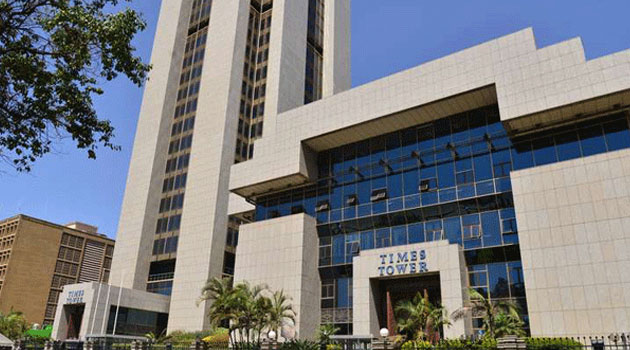




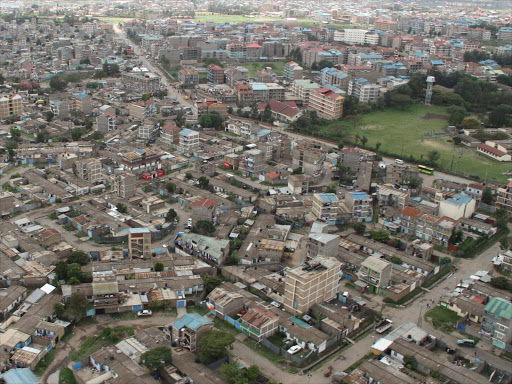




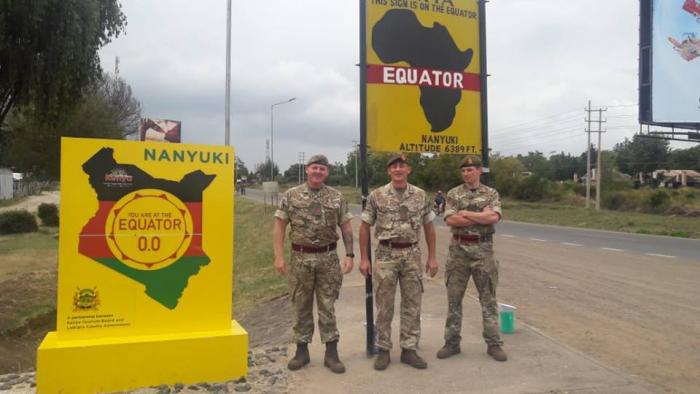























![Pula Co-Founders and Co-CEOs, Rose Goslinga & Thomas Njeru. Pula provides agricultural insurance and digital products to help smallholder farmers manage climate risks, improve farming practices and increase their incomes. [ Photo / Courtesy ]](https://businesstoday.co.ke/wp-content/uploads/2021/01/Pula-Co-Founders-and-Co-CEOs-Thomas-Njeru-Rose-Goslinga.jpg)



















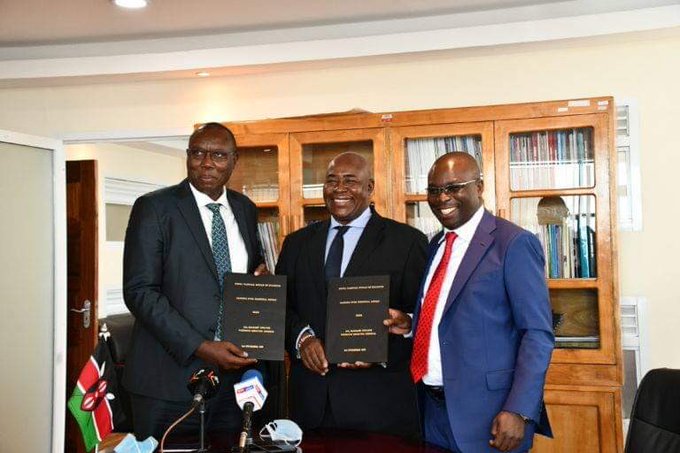




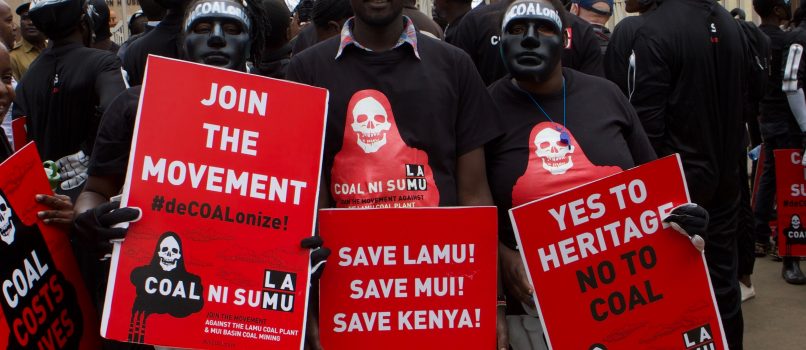



































Leave a comment